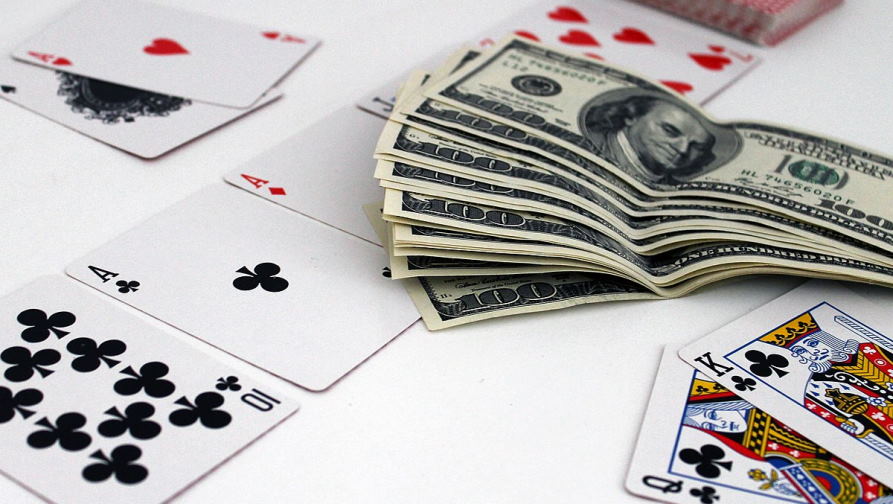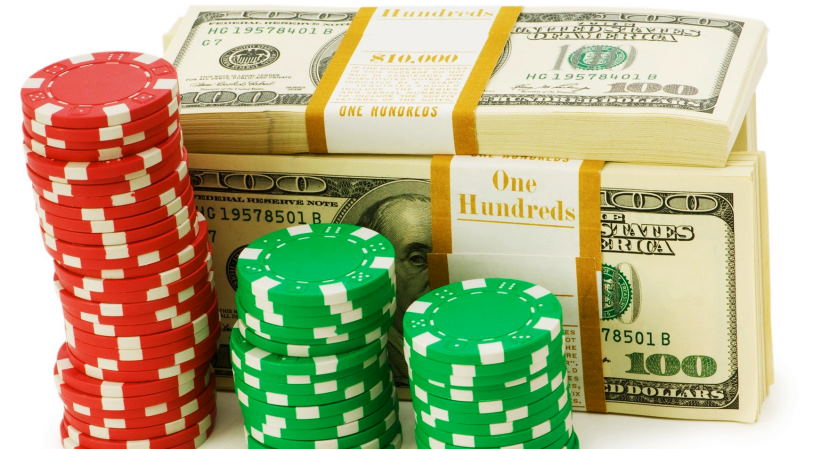What is pathological gambling (PG)? How would you realize that somebody’s gambling issue is, restoratively, a gambling disorder?
The answer, for some in the mental health profession, can be found in the Diagnostic and Statistical Manual of Mental Disorders (DSM).
After over 10 years of examination, research on gambling in the DSM V, and conference, the publisher of the DSM, the American Psychiatric Association (APA), is in the last phases of developing another version, the DSM-5.
Beneath, a research scientist at the Center for Addiction and Mental Health and the Department of Public Health Sciences offers his understanding and investigation into three huge changes to the diagnostic criteria for gambling disorders.
Each change has significant ramifications for research, prevention and treatment.
It would be ideal if you note that the progressions recognized here don’t speak to the last version of DSM-5, which was still under review at the hour of the interview.

The reclassification of pathological gambling close by other addictive practices
In the present release (DSM-IV), gambling disorder is named some portion of “Impulse-Control Disorders Not Elsewhere Classified,” which likewise incorporates disorders like kleptomania.
In the new version, gambling disorder will join substance-related addictions in a renamed gathering called “Compulsion and Related Disorders.”
Reasons and Implications
As per the research scientist, “Impulse Control Disorder” is certifiably not an exceptionally helpful label since it has never been unmistakably characterized, and it is frequently utilized as a spot to dump conditions that oppose typical classification.
In addition, every single psychiatric issue is basically issues of impulse control, so this classification does little to explain the idea of the disorder.
All the more fundamentally, arranging gambling addiction DSM Vindependently from different addictions drives a fake wedge between substance addictions and behavioral addictions, despite the fact that there are numerous shared traits among them and they are treated making use of comparative strategies.
When all is said in done, at that point, grouping issue gambling with different addictions is progressively educational.

The lowering of the pathological gambling edge to 4 manifestations
Being diagnosed with gambling disorders, a specific arrangement of practices must be available over a year time span, for example, expecting to wager with expanded measures of money, being distracted with gambling, or tending to pursue losses.
Right now, gamblers need to show 5 of these practices to be diagnosed with a gambling disorder. In the DSM-5, the edge will be lowered to 4.
Reasons and Implications
Numerous gamblers who score underneath the limit meaning they just show 2 or 3 practices on the rundown do endure some gambling-related issues. In any case, as indicated by the DSM-5, they don’t have a gambling disorder.
Understanding this, researchers and prevention specialists use terms like “in danger gambling” or “moderate issues” to recognize this gathering making irregularity in terminology and definitions.
